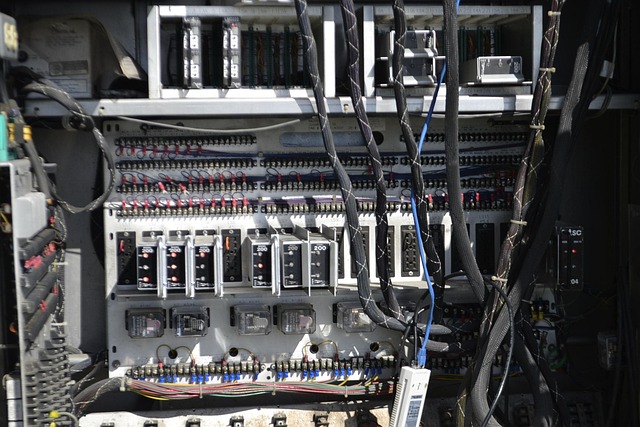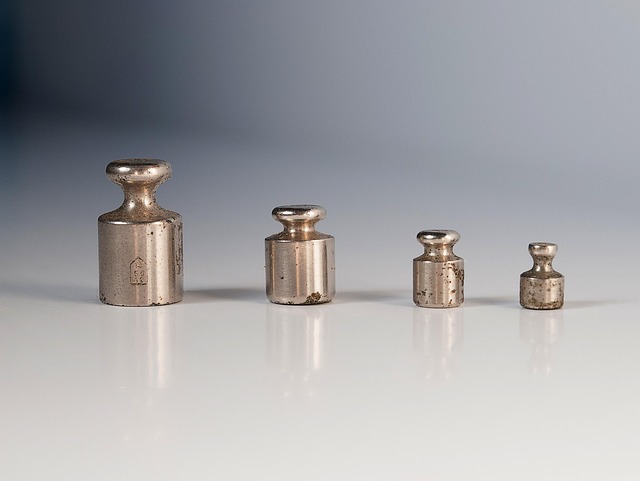As technology continues to evolve at an unprecedented pace, the realms of Virtual Reality (VR), Augmented Reality (AR), and the Metaverse are becoming more integral to our daily lives. One of the most significant advancements driving this immersive experience is the concept of customizable sound. Imagine stepping into a virtual world where not only the visuals are tailored to your preferences, but the very sounds you hear can be adjusted to create a truly unique experience.
In the current landscape of VR and AR, sound design often takes a backseat to graphics. However, researchers and developers are beginning to understand that sound is not merely an accessory; it is a vital component that shapes our perception of space and interaction within these virtual environments. The future of customizable sound in these platforms promises to enhance immersion, emotional connectivity, and user engagement.
As users navigate through picturesque landscapes in VR, they will no longer be limited to generic background noises. Instead, imagine being able to customize your audio environment—from the whisper of the wind rustling leaves to the distant sounds of a bustling city. With the advent of customizable sound, VR developers can create dynamic audio experiences that respond to user preferences, enhancing the feelings of presence and agency in these digital worlds.
Similarly, in the realm of AR, where digital elements are superimposed onto the real world, the ability to adjust soundscapes can significantly alter user interaction. Think of a Pokémon GO-like experience where the sound of creatures varies based on your location or your chosen audio themes. Such features can deepen the connection and engagement a user feels towards their real-world surroundings, complementing the digital overlays with a rich, personalized audio backdrop.
The Metaverse, a collective virtual shared space, stands at the forefront of this revolution. Here, users not only interact with each other but also with dynamic digital content. Integrating customizable sound means offering users the power to curate their auditory experiences, making interactions feel uniquely theirs. From the music that plays during virtual gatherings to the sounds associated with avatars, the choices made can shift moods and atmosphere, making social experiences more meaningful.
Imagine attending a virtual concert in the Metaverse where the auditory experience adapts to your specific music genre preferences, creating a tailored environment that makes every beat resonate more deeply. As hardware developers work on creating sound systems that support this level of customization, they will also address the technical challenges that arise, such as the importance of spatial audio that corresponds with the visuals, ensuring that every sound feels natural and immersive.
To achieve this future, hardware innovation is key. Advanced audio devices and tools must be developed to facilitate personalized sound settings. This may include headphones equipped with artificial intelligence that learns user preferences or sound systems that allow for real-time adjustments based on the user’s environment and activities. The goal of this tech evolution is to create hardware that not only meets but exceeds expectations in delivering customizable sound experiences across all platforms of engagement.
As we venture further into this revolutionary era, it is clear that customizable sound will play a pivotal role in shaping our interactions within VR, AR, and the Metaverse. The sound we choose will not just be a passive element but an active participant in how we engage with these immersive environments. With each enhancement in hardware, we draw closer to an experience that feels not only personal but profoundly transformative.




